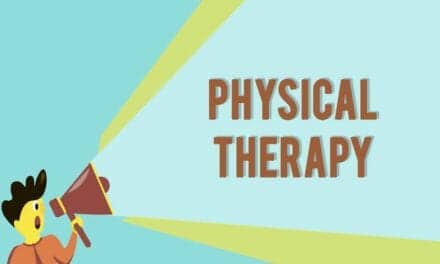Holding hands with a romantic partner – a form of “supportive touch” – could help reduce pain-specific signals in the brain of women during a painful procedure, reports an experimental study in PAIN.
PAIN, the official publication of the International Association for the Study of Pain (IASP), is published in the Lippincott portfolio by Wolters Kluwer.
The study provides new evidence on the brain mechanisms involved in the pain-reducing (analgesic) effects of supportive or social touch, according to Marina López-Solà, PhD, Cincinnati Children’s Hospital Medical Center and colleagues at the University of Colorado Boulder, in a media release from Wolters Kluwer Health: Lippincott Williams and Wilkins.
“Social touch affects core brain processes that contribute to pain and pain-related affective distress in females, and should be considered alongside other treatments in medical and caregiving contexts,” they write.
In their study, the researchers evaluated the brain mechanisms behind the pain-reducing effects of supportive touch, defined as “interpersonal touch with an intention of providing emotional support.” Studies have shown that holding hands with one’s romantic partner provides significant pain relief – even during childbirth and other intensely painful “real-life” situations.
The 30 healthy women participants underwent painful (but not harmful) heat stimulation. Behavioral and brain responses to pain were evaluated under two conditions: while the women held hands with a “committed, monogamous” romantic partner or while they held a rubber squeeze-ball. Changes in brain activity responsible for touch-induced analgesia were assessed by functional magnetic resonance imaging (fMRI).
The fMRI scans showed distinct effects of handholding on brain activity in response to pain, including a reduction in the brain’s “neurologic pain signature” (NPS): a brain marker previously validated to specifically track experienced pain in healthy subjects.
“Importantly, handholding significantly reduced NPS responses during both early and late pain,” the researchers write. However, on their own, the changes in NPS couldn’t fully explain the effects of handholding on pain.
Supportive touch also seemed to target pain-evoked changes in interconnected brain regions involved in stress, emotion, and attention, the release continues.
“The strongest mediators of analgesia were in a brain circuit traditionally associated with stress and defensive behavior in mammals,” according to the authors. They believe that reducing stress-related brain responses during pain may be a key contributor to reducing the subjective experience of pain through social touch.
Handholding altered the state of brain connectivity throughout the painful experience, including connections between circuits involved in pain perception and those related to thinking about one’s self and relationships with others.
The researchers note that their initial experiments focused on women because they are at greater risk of certain types of pain.
“Holding hands with a close romantic partner during pain exerts several protective brain and behavioral effects, ” the researchers conclude.
They believe that gaining insight into the brain mechanisms of pain reduction by social or supportive methods “is a first step toward understanding when and in whom each of these interventions may work best.”
[Source(s): Wolters Kluwer Health: Lippincott Williams and Wilkins, Newswise]





